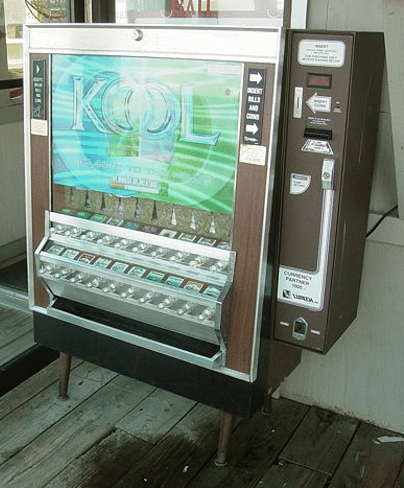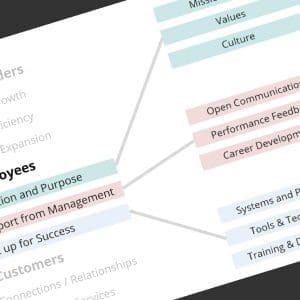At technology conferences, vendor seminars, and user group, I enjoy the networking conversations – professionals looking to leverage each others’ background, experience, and relationships, ostensibly to forward their own careers, but openly trying to solve a problem with a win-win for both sides of the connection. Inevitably, however, the conversations refine and regress down to a common theme – the classic oversimplification “change is hard”.

Much of the time, I’d wager that change in your organization is comparatively easy – it’s happening every day …
- Change is easy for the motivated individual – especially when it’s “my idea”
- Change is easy when the alternative is roundly acclaimed – when the whole group can see the obvious and huge problem that needs to be solved
- Change is easy when the tools get better, or the environment shifts to allow for different tools – over the past few years, why have we seen the seismic shift in end-point computing devices?
- What about the changes in the political and social climate? Change is easy when the path has been cleared.
So why do many people resist change? Note that I hesitate to use the phrase fight change, although many system projects and process improvements have taken on the feel of a knock-down, drag-out brawl to the finish. But why all the passive-aggressive behavior, and corresponding huge investment in stilted, structured communications?
- Typically, we are looking to change people’s operative norms – this is a habit, and habits are hard to break.
- Change for change’s sake is always hard to justify; change without obvious benefits will always be difficult (What’s in it for me?).
- Change when you don’t want to is hard (this was not on my to-do list for the day).
- Changing a large group is hard – like herding chickens.
In all these cases, the technology is usually the easiest part (where “technology” means “the stuff that can be engineered”, and “easy” means “responds predictably to elbow grease”). Changing a mindset is something else – and the larger the group, the more difficult it is.
It’s also easy to list out the solutions, the tactics to enable, engage, and deliver change …
- Communicate the What, Why, and How – and make the benefits of change real
- Involve the folks being changed into the design and implementation; it creates ownership, and also makes for a better solution
- Create time for the change – shift other priorities to accommodate
- Alternative: Make the “go-to” environment more attractive, and people will find all sorts of creative ways to manufacture availability
… but a lot of it comes down to emotional intelligence and philosophy – so invest in the organizational relationships as well. It’s easier to understand the change, and to make change understandable, when you have already established your communication style over some smaller, tactical deliverables (and/or a pizza and some beer).






This Post Has 0 Comments